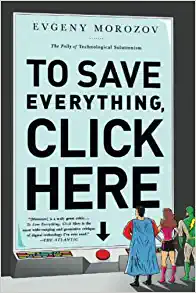AGREEMENTS–“NEAR TREATIES”– UNDER INTER- NATIONAL LAW–HOW TO READ THEM–A SPECIAL CASE
The answer is really quite simple, at least for Anglo-American readers, like educated lawyers. They are to be read as if they are statutes. Broadly speaking, the principles of how to do this stretch back centuries in English-speaking law. It is also important that, at least roughly, the same rules apply to “civil law.” This means that at least French speakers will read them the same way. It also suggests that the German and Italian legal systems do the same thing, at least roughly. That, in turn, suggests that the EU system will be more-or-less the same.
There are together historical conceptualizations as to how to interpret international agreements. The United States Supreme Court has thought of them as a type of contract, and that is obviously a reasonable approach since they are agreements. Still, so far as interpretation is concerned, common law and civil are not that different, at least on the surface.
In modern times there is another source of authority and wisdom, and that is the 1969 Vienna Convention (aka, “the treaty regarding treaties”). Its use is international practice, even among states that have not formally ratified it.
Here is the fundamental rule for the interpretation of international treaties, etc.
“A treaty shall be interpreted in good faith in accordance with the ordinary meaning to be given
to the terms of the treaty in their context and in the light of its object and purpose.” This is a subsection of another subsection entitled “General Rule of Interpretation.” Sound familiar?
to the terms of the treaty in their context and in the light of its object and purpose.” This is a subsection of another subsection entitled “General Rule of Interpretation.” Sound familiar?
Of course, the Vienna Convention is for agreements between “states” and, as the “Trump-Taliban Agreement” of 2020 states several times, the Taliman is not recognized as a state by the USA. Still, as I just said the Treaty on Treaties is very widely used and is considered an international standard. Of course, this Agreement is not itself a “treaty,” but for roughly the same reasons, that fact is practically speaking irrelevant. In political context, it’s a “virtual treaty,” in the traditional sense of “virtual,” as opposed to the new “digital age” meaning.
Here is the title of the document. It tells a reading lawyer a good deal. I shall discuss some of the contents on another occasion:
Agreement for Bringing Peace to Afghanistan
between the Islamic Emirate of Afghanistan which is not recognized by the United States [the indentation here is not part of the original document]
as a state and is known as the Taliban and the United States of America





Recent Comments